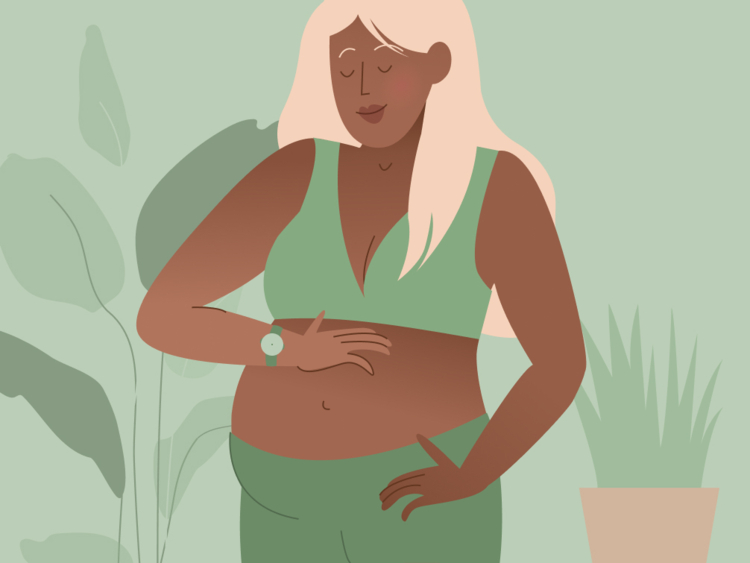If you’re newly pregnant, it’s natural to wonder when you’ll start to show and what the different pregnant belly stages will look like for you.
But every pregnancy belly will be different, and hopefully, you’ll be glad to know there’s no “normal” size or shape that your growing belly will follow. In fact, to determine how your pregnancy is developing, your health care provider won’t be looking at the shape of your belly. So rest assured that however your bump develops is completely right for you.
Of course, that’s not to say that the whole process has to be a mystery. To find out more about how your pregnancy belly might grow and the changes it can create in your body, we spoke to Dr. Charlsie Celestine, obstetrician and gynecologist, New Jersey, US.
When is a pregnant belly most likely to start showing?
As we know, everyone is different, but you may first start to notice some visible changes to the size of your belly around the 12th week of your pregnancy. “Most likely, the belly will start showing to the point where others would notice it if you wore tight clothing around the middle of the second trimester — around 16 to 20 weeks,” explains Dr. Celestine.
Differences in a growing pregnancy belly: Size and shape
It can be hard not to compare yourself to others when it comes to the shape and size of your pregnant belly, but remember that every baby bump is unique. “Just as bodies vary in shape and size, the pregnant belly is different for each individual,” explains Dr. Celestine.
While your baby will impact the size and shape of your growing uterus, she adds that “There’s no exact science as to why a belly is a certain size. I will say that usually, in early pregnancy, your belly is higher and then drops lower toward the end. But even the high and low levels differ with each person. It’s truly individual.”
Pregnancy is a time of real change for you mentally and physically. You’re adjusting to seeing your body work in new ways and looking different than the way it did before, so the one thing you don’t need to do is be harsh on yourself about how your pregnancy belly is shaping up. Remember Dr. Celestine’s advice that it happens for everyone individually, and try to embrace the changes as and when they come for you.
High pregnant belly and low pregnant belly
As Dr. Celestine explained, having a high pregnant belly is common in the earlier stages of your pregnancy. However, you may notice your pregnant belly ‘drop’ lower into your pelvis as you progress through your third trimester of pregnancy. This process is called engagement (or you might hear it called lightening), and it is your body’s clever way of preparing for labor by moving the baby closer to your pelvis. Wondering when you might go into labor? You can use Flo’s due date calculator to work out your predicted due date.





